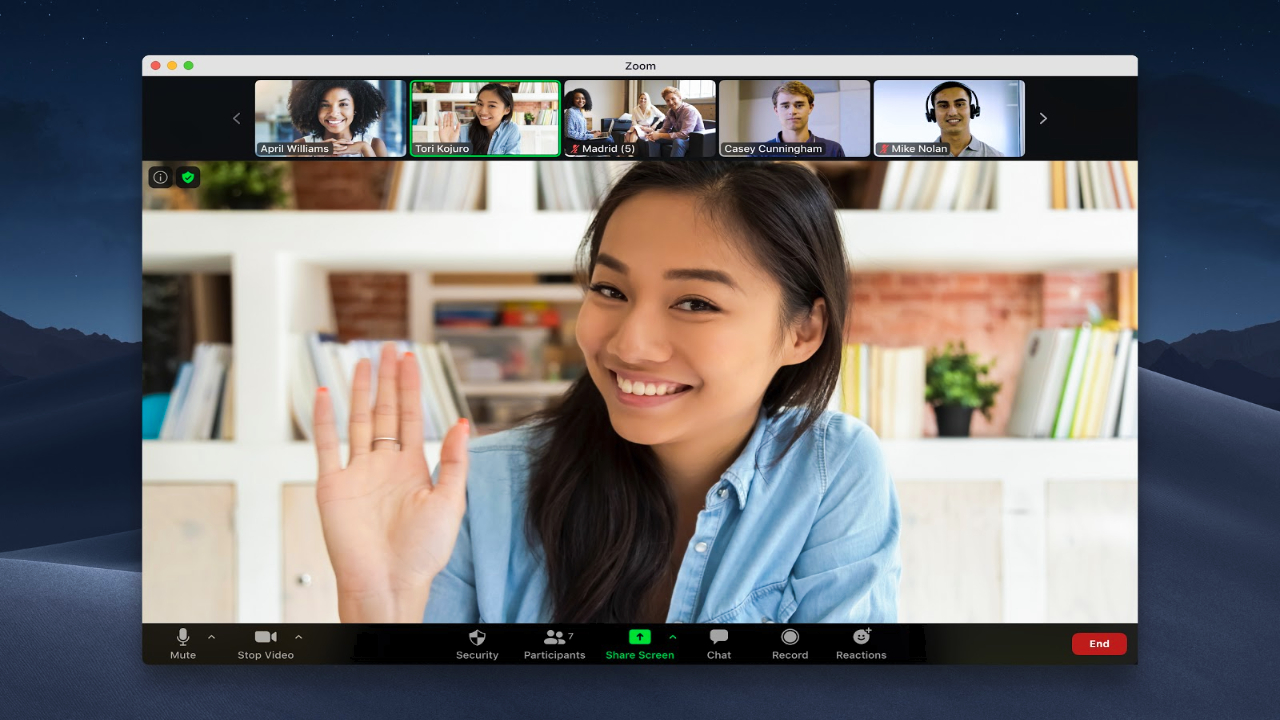Zoom finally makes this important feature free for everyone
Zoom will make closed captioning free to ALL users later this year


Zoom is soon to make closed captioning available to all users. It’s really good news for people with a hearing impairment, sufferers of Zoom fatigue, eyestrain, and those enduring the astronomical levels of attention needed to hear every single word in a three-hour-long video meeting.
The video conferencing app is looking to enable access to all users by the fall of 2021, which should soothe long-standing complaints that the captioning feature should already be widely available and not just for paid accounts.
With the likes of Microsoft Teams taking aim at Zoom with nifty features like its history navigation tool, Zoom has realized it's high time to open these features up to the wider public, especially considering the current homeworking climate we find ourselves in. And about time, too.
- Millions of UK iPhone and Samsung phone owners could get share of £480m payout
- Android 12: Top 5 Android updates confirmed for your phone
- Amazon Music FINALLY arrives on Google TV and Android TV
Before news of the announcement, Zoom’s AI-powered caption feature had been paywalled at a cost of $150/£159/AU$190 per year for a single license. For many users, that's an expensive price to pay to get what could be deemed as an essential tool.
The company has clearly taken note. Zoom will increase its free members' levels of usability in the interim by granting captioning requests to those who most require it. Zoom's statement lets users manually submit a request through a Google Form attachment, which is included with the platform’s announcement.
Users who suffer hearing impairment and, indeed, anyone who requires closed captions can request access to Live Transcription before the wider roll out to all users later on this year. This will bridge the gap for many people who daily depend on captioning where it had otherwise been glaringly absent, compelling many users to seek third-party transcription tools.
Remote working, of course, has increased our reliance on video conferencing platforms with many rivals’ video chat features steadily maturing over the course of the pandemic. For instance, Google Meet already has automatic closed captions, whereas meeting hosts on Zoom must manually add captions to the call, or use an external plug-in.
Get all the latest news, reviews, deals and buying guides on gorgeous tech, home and active products from the T3 experts
Despite several staggered updates, including optimized running of the Zoom application on M1-powered devices like Apple's M1 MacBooks, including the MacBook Pro 13-inch M1 and Apple MacBook Air (M1, 2020), Zoom has been noticeably slower than competitors on the innovation side of things.
And with recent news of WhatsApp offering desktop video calling to select beta users, it has further ramped up the pressure on Zoom, as veterans of the tech arena look to chip into its userbase. This has probably factored into the company's decision to open up paid features up to its free users.
Seeing how prevalent Zoom has become in this pandemic-drenched era, it's a surprise this transcription feature wasn't made freely available from the offset. Nevertheless, it's a helpful enhancement for the majority of video callers who daily rely on Zoom to work, keep in touch with family, and conduct their day-to-day business.
Source: The Verge

Luke is a former news writer at T3 who covered all things tech at T3. Disc golf enthusiast, keen jogger, and fond of all things outdoors (when not indoors messing around with gadgets), Luke wrote about a wide-array of subjects for T3.com, including Android Auto, WhatsApp, Sky, Virgin Media, Amazon Kindle, Windows 11, Chromebooks, iPhones and much more, too.